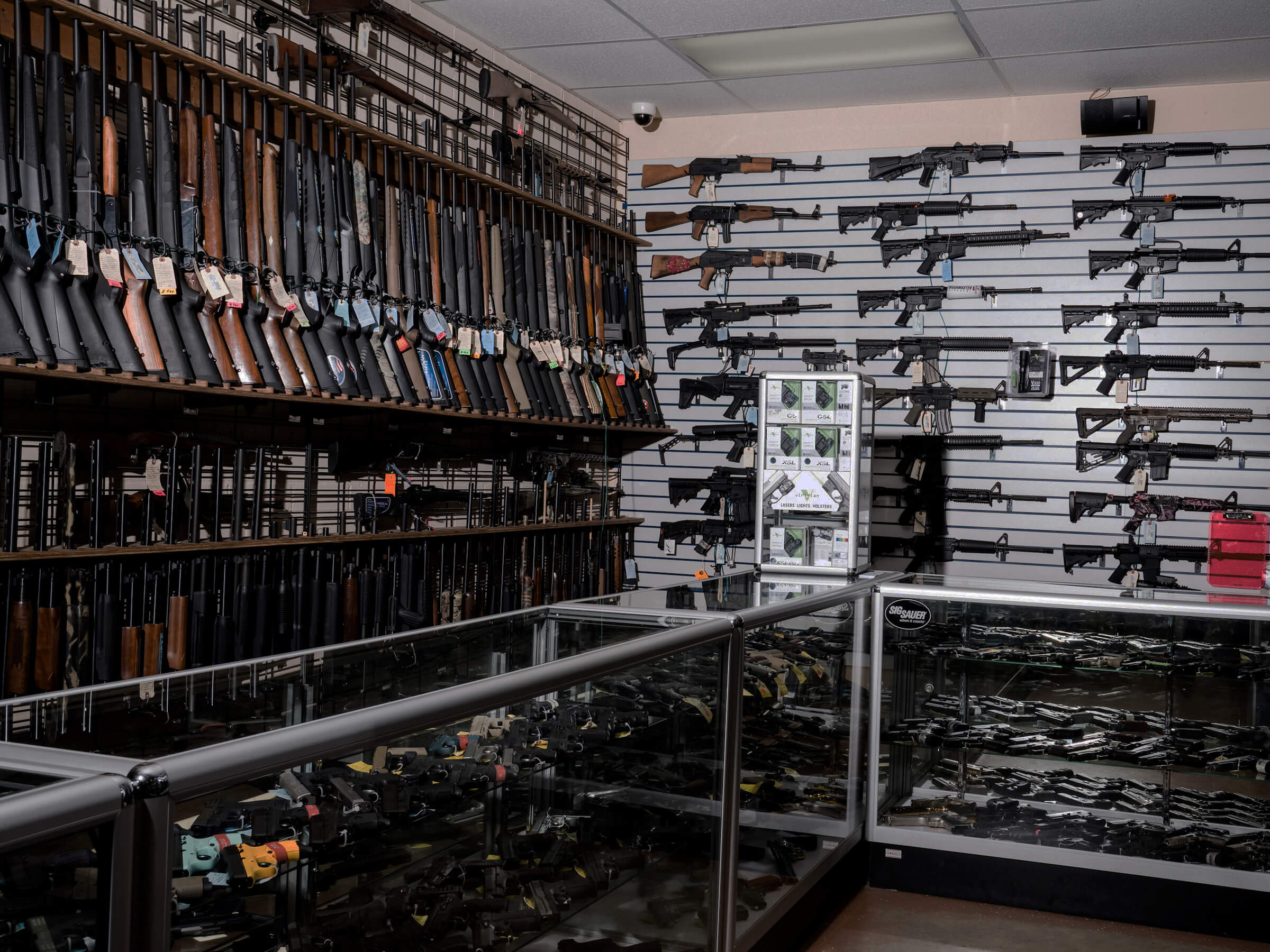Californians, who are subject to tighter gun restrictions than most Americans, are less likely than their peers around the country to store their firearms in the most dangerous manner, a comparison of statewide and national surveys shows.
The new survey, published October 9 in the journal Injury Prevention, found that 17.8 percent of gun owners in California store their guns loaded and unlocked. It’s the first representative statewide survey of gun owners’ habits. It follows in the footsteps of the National Firearm Survey, a landmark survey conducted by scholars at Harvard University and Northeastern University in 2015. According to the NFS, 29.7 percent of gun owners around the country store their weapons loaded and unlocked.
“National surveys can mask a lot of local differences. This study is important in that it is the first that looks at a single state. We hope other studies will explore variation at the state level,” said lead author Julia Schleimer, a research analyst with the UC Davis Violence Prevention Research Program.
California is one of only 11 states that require guns to either be stored securely or sold with locks, according to the Giffords Law Center, a gun violence prevention advocacy organization. Specifically, California holds gun owners criminally liable if a child gets ahold of their weapon for lack of a lock and injures or kills someone.
State laws that require guns to be stored safely or that hold adults accountable when children obtain their weapons and harm someone have been found by academic studies to significantly reduce accidental child gun death and teen suicide.
The new UC Davis survey found that 36.8 percent of California gun owners store their weapon in a “moderately secure” fashion, defined as locked and loaded or unlocked and unloaded. Meanwhile, 34.8 percent store their guns in the most secure way, locked and unloaded.
The NFS found that, nationally, 45.7 percent of gun owners kept their weapons either unloaded or loaded and secured. A significantly smaller portion of gun owners, 24.6 percent, stored their guns both unloaded and locked.
The California survey asked 429 gun owners in a web-based panel about a variety of ownership habits. It split respondents into five separate categories based on a cluster of characteristics such as number and type of guns owned and motivation for gun ownership.
“We were surprised at how clear and distinct the groups were, with certain groups being very likely or very unlikely to engage in certain behaviors,” Schleimer said.
Researchers found that gun owners who kept multiple weapons for self-defense also had the least secure storage habits. Notably, these gun owners were also more likely to own assault weapons and high-capacity magazines. Assault weapon ownership in the state has been subject to increasingly strict regulation since 1989. In 2016, California voters passed a ballot measure banning possession of high-capacity magazines entirely, though the law is currently suspended pending a court challenge.
Those who owned guns for purposes other than self-defense — or only owned a single gun for self-defense — were more likely to store their weapon securely.
With that in mind, Schleimer said that public health interventions should be tailored to different kinds of gun owners. “Having interventions that align with the needs of self-defense firearm owners might be more effective than interventions that don’t recognize the underlying motivator,” she said.
Correction: an earlier version of this article incorrectly stated the UC Davis’ survey findings. It said that 17.8 percent of gun owners in California store their guns locked and unloaded. In fact that is the percentage of California gun owners who keep their weapons loaded and unlocked.


